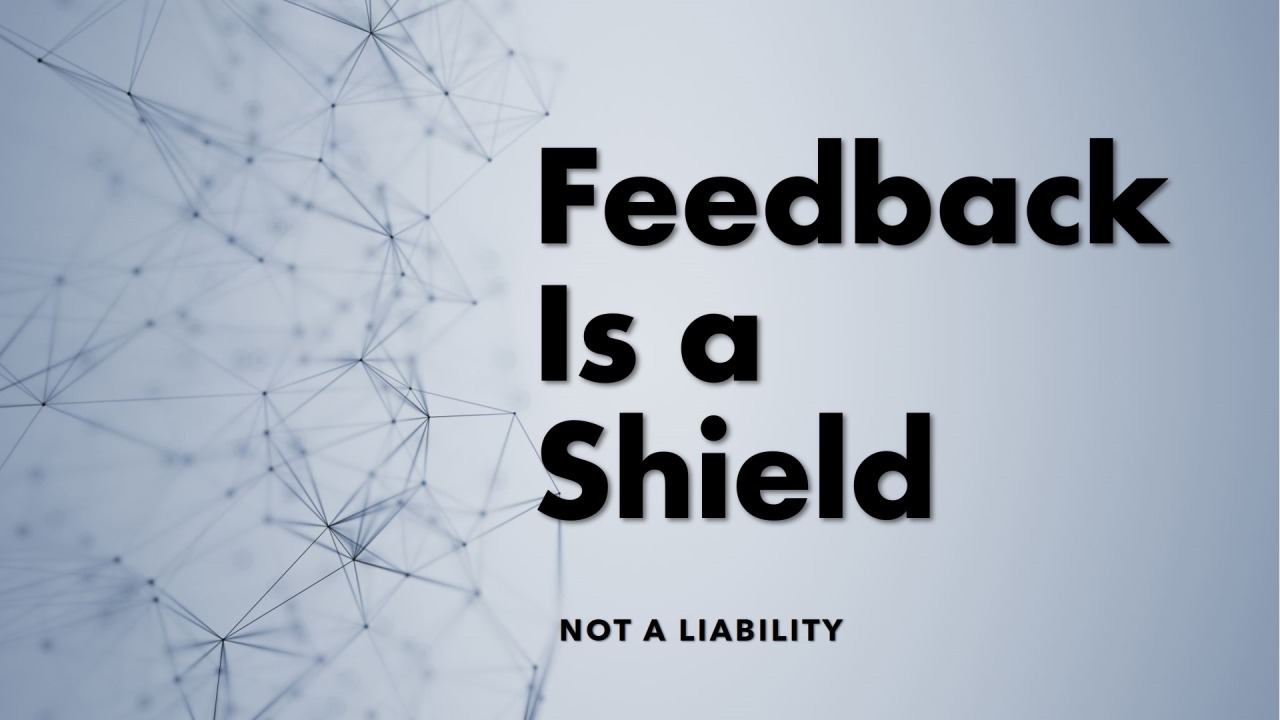You know how certain people light up a room just by leaving it? Don’t hire those people, advises John Jacobs, co-founder of Life Is Good. In what he describes as his biggest hiring mistake, he met a candidate to size him up and thought he checked a lot of boxes: he seemed smart, he knew the job, and "he kind of looked the part.” Unfortunately, the team’s life was not good once he was hired: simply, no one wanted to be in the same room with him. Hiring mistakes like this are expensive and completely avoidable.
At the end of 2020, there were about 129,000 tech job openings in the United States, according to the JOLTS released by the Bureau of Labor Statistics in December 2020.
In the scramble to fill these positions, managers often feel pressure to hire the first person whose résumé lists the “right” technical knowledge or one who “looks the part.” But too many managers have hired someone who looked good on paper and had a great technical interview, but then wasn’t able to meet deadlines, get along with peers, or work well with end users. A Recruiting Roundtable survey found that managers regret 50 percent of their hiring decisions and one CareerBuilder study reported that 69 percent of employers have been adversely affected by a bad hire; 41 percent of these estimated the cost of the bad hire was over $25,000. Other estimates are more unsettling.
The U.S. Department of Labor estimates the average cost of a bad hire is up to 30% of the employee’s first-year earnings and a report from the CEO of Link Humans put the average cost as high as $240,000 in total expenses.
To avoid hiring tech employees you don’t want to have in the room, focus on what’s important— the factors that predict future performance—by doing four things:
Identifying job requirements is the manager’s job, not HR’s job! Take five minutes to figure out what you want:
Use big data to identify top candidates
When hiring for tech positions, many managers rely heavily on information about technical ability. Technical skills are important, but data from technical interviews and assessments alone can’t predict if someone is a potential top performer.
One analysis of 17 different studies found that “a simple equation outperforms human [selection] decisions by at least 25% . . . whether the job is on the front line, in middle management, or (yes) in the C-suite.” Use pre-hire assessment technology to do this “big data” work. Valid assessments are unfakeable, plus they’re readily available and generally easy to use. Here are the key factors to evaluate.
Thinking Syle: How do candidates process and analyze information? People with high ability are able to effectively acquire and use knowledge.
Part of tech workers’ value is their ability to learn and grow knowledge within the company. With information about the candidates’ learning ability, managers get insight into whether they are motivated to learn new skills and how they will approach tasks like coding, design, analysis, and innovative problem solving.
Conscientiousness: Is the applicant a methodical planner or a seat-of-the-pants flier? Which approach best suits the position?
Some tech positions call for highly conscientious employees who plan their work and are relatively organized. They typically prioritize tasks, follow their plan, and complete work on time. Other tech jobs call for employees who are comfortable working spontaneously and taking action immediately rather than waiting for a detailed plan. These people can respond quickly to customer needs and are flexible—their approach to work is driven by immediate needs rather than a plan.
Agreeableness: Agreeable employees are easy to get along with, empathetic, and cooperative. They understand the value of social connections at work.
Because IT work is highly collaborative, many tech managers believe that agreeableness is at least as important to success as technical knowledge: When 900 senior IT professionals were asked to identify the factors most important to project success, they ranked teamwork and motivation as even more important than technical competence or formal training.
Resilience/Reactiveness: How employees handle stress can have a major effect on project and individual success. Stress is a given: most IT projects include surprises, big and small, and there is always pressure for faster IT service. The most valuable IT workers stay cool under pressure—they are resilient.
Resilient workers have healthy self-esteem and usually bounce back from setbacks on the job. Calm, composed, and optimistic—these are all words used to describe resilient people.
Evaluate Knowledge and Skills to Get More Data
Next, evaluate skills—this is the step most managers want to do first! But by evaluating learning ability and personality characteristics first, you’ve reduced the risk of hiring the wrong person—and the associated high costs.
Tests of technical knowledge and skill (like Trueability or a review of the applicant’s GitHub profile) are readily available. Using tests like these reduces hiring costs by identifying which of the top candidates already have the needed knowledge to do the job.
But don’t stop at a technical test—include a work simulation to further evaluate organizational and analytic capacity, too. For example, ask the top software engineering applicants to explain a process for programming an elevator—what inputs are needed, and how would they be identified? What problems would they anticipate? How would they test the code? For highest return on investment, line up several managers to independently score the simulation results.
Interview the Top Candidates to Collect Even More Data
Now comes the interview of the top candidates. The first three steps ensure that your limited time and budget are spent on only the most promising candidates. And remember that 25 percent accuracy increase you get when you use assessments in hiring? Combining the assessment data with a manager’s direct evaluation of the candidate increases the hiring decision validity by 50 percent.
During the interview, use behavioral questions—questions designed to discover how a candidate has actually handled work situations in the past. To elicit this infinitely more reliable information, don’t ask, “How would you . . . ?” Ask, “How did you . . . ?”
The strategies candidates have used in past are good indicators of how they would act in a new job, so find out what actions they have already taken and talk about the results - did their actions work or not? Knowing what didn’t work is as important as knowing the actions that did work.
If it sounds like this approach takes a lot of time, consider how much time you will spend managing a poor performer! In cases you are wondering, poor performer time averages about one day a week or 17% of work time. Follow these steps and you’ll reap the benefits of increased hiring efficiency, more individual programmer success, and an outstanding tech team that can help grow your organization.
At the end of 2020, there were about 129,000 tech job openings in the United States, according to the JOLTS released by the Bureau of Labor Statistics in December 2020.
In the scramble to fill these positions, managers often feel pressure to hire the first person whose résumé lists the “right” technical knowledge or one who “looks the part.” But too many managers have hired someone who looked good on paper and had a great technical interview, but then wasn’t able to meet deadlines, get along with peers, or work well with end users. A Recruiting Roundtable survey found that managers regret 50 percent of their hiring decisions and one CareerBuilder study reported that 69 percent of employers have been adversely affected by a bad hire; 41 percent of these estimated the cost of the bad hire was over $25,000. Other estimates are more unsettling.
The U.S. Department of Labor estimates the average cost of a bad hire is up to 30% of the employee’s first-year earnings and a report from the CEO of Link Humans put the average cost as high as $240,000 in total expenses.
To avoid hiring tech employees you don’t want to have in the room, focus on what’s important— the factors that predict future performance—by doing four things:
- Getting job requirements clear.
- Using big data to identify the top candidates.
- Collecting the right skill data.
- Interviewing to get behavioral data.
Identifying job requirements is the manager’s job, not HR’s job! Take five minutes to figure out what you want:
- What do you need the new employee to do?
- What specific results will this employee deliver?
- What does “excellent” work look like?
Use big data to identify top candidates
When hiring for tech positions, many managers rely heavily on information about technical ability. Technical skills are important, but data from technical interviews and assessments alone can’t predict if someone is a potential top performer.
One analysis of 17 different studies found that “a simple equation outperforms human [selection] decisions by at least 25% . . . whether the job is on the front line, in middle management, or (yes) in the C-suite.” Use pre-hire assessment technology to do this “big data” work. Valid assessments are unfakeable, plus they’re readily available and generally easy to use. Here are the key factors to evaluate.
Thinking Syle: How do candidates process and analyze information? People with high ability are able to effectively acquire and use knowledge.
Part of tech workers’ value is their ability to learn and grow knowledge within the company. With information about the candidates’ learning ability, managers get insight into whether they are motivated to learn new skills and how they will approach tasks like coding, design, analysis, and innovative problem solving.
Conscientiousness: Is the applicant a methodical planner or a seat-of-the-pants flier? Which approach best suits the position?
Some tech positions call for highly conscientious employees who plan their work and are relatively organized. They typically prioritize tasks, follow their plan, and complete work on time. Other tech jobs call for employees who are comfortable working spontaneously and taking action immediately rather than waiting for a detailed plan. These people can respond quickly to customer needs and are flexible—their approach to work is driven by immediate needs rather than a plan.
Agreeableness: Agreeable employees are easy to get along with, empathetic, and cooperative. They understand the value of social connections at work.
Because IT work is highly collaborative, many tech managers believe that agreeableness is at least as important to success as technical knowledge: When 900 senior IT professionals were asked to identify the factors most important to project success, they ranked teamwork and motivation as even more important than technical competence or formal training.
Resilience/Reactiveness: How employees handle stress can have a major effect on project and individual success. Stress is a given: most IT projects include surprises, big and small, and there is always pressure for faster IT service. The most valuable IT workers stay cool under pressure—they are resilient.
Resilient workers have healthy self-esteem and usually bounce back from setbacks on the job. Calm, composed, and optimistic—these are all words used to describe resilient people.
Evaluate Knowledge and Skills to Get More Data
Next, evaluate skills—this is the step most managers want to do first! But by evaluating learning ability and personality characteristics first, you’ve reduced the risk of hiring the wrong person—and the associated high costs.
Tests of technical knowledge and skill (like Trueability or a review of the applicant’s GitHub profile) are readily available. Using tests like these reduces hiring costs by identifying which of the top candidates already have the needed knowledge to do the job.
But don’t stop at a technical test—include a work simulation to further evaluate organizational and analytic capacity, too. For example, ask the top software engineering applicants to explain a process for programming an elevator—what inputs are needed, and how would they be identified? What problems would they anticipate? How would they test the code? For highest return on investment, line up several managers to independently score the simulation results.
Interview the Top Candidates to Collect Even More Data
Now comes the interview of the top candidates. The first three steps ensure that your limited time and budget are spent on only the most promising candidates. And remember that 25 percent accuracy increase you get when you use assessments in hiring? Combining the assessment data with a manager’s direct evaluation of the candidate increases the hiring decision validity by 50 percent.
During the interview, use behavioral questions—questions designed to discover how a candidate has actually handled work situations in the past. To elicit this infinitely more reliable information, don’t ask, “How would you . . . ?” Ask, “How did you . . . ?”
The strategies candidates have used in past are good indicators of how they would act in a new job, so find out what actions they have already taken and talk about the results - did their actions work or not? Knowing what didn’t work is as important as knowing the actions that did work.
If it sounds like this approach takes a lot of time, consider how much time you will spend managing a poor performer! In cases you are wondering, poor performer time averages about one day a week or 17% of work time. Follow these steps and you’ll reap the benefits of increased hiring efficiency, more individual programmer success, and an outstanding tech team that can help grow your organization.





